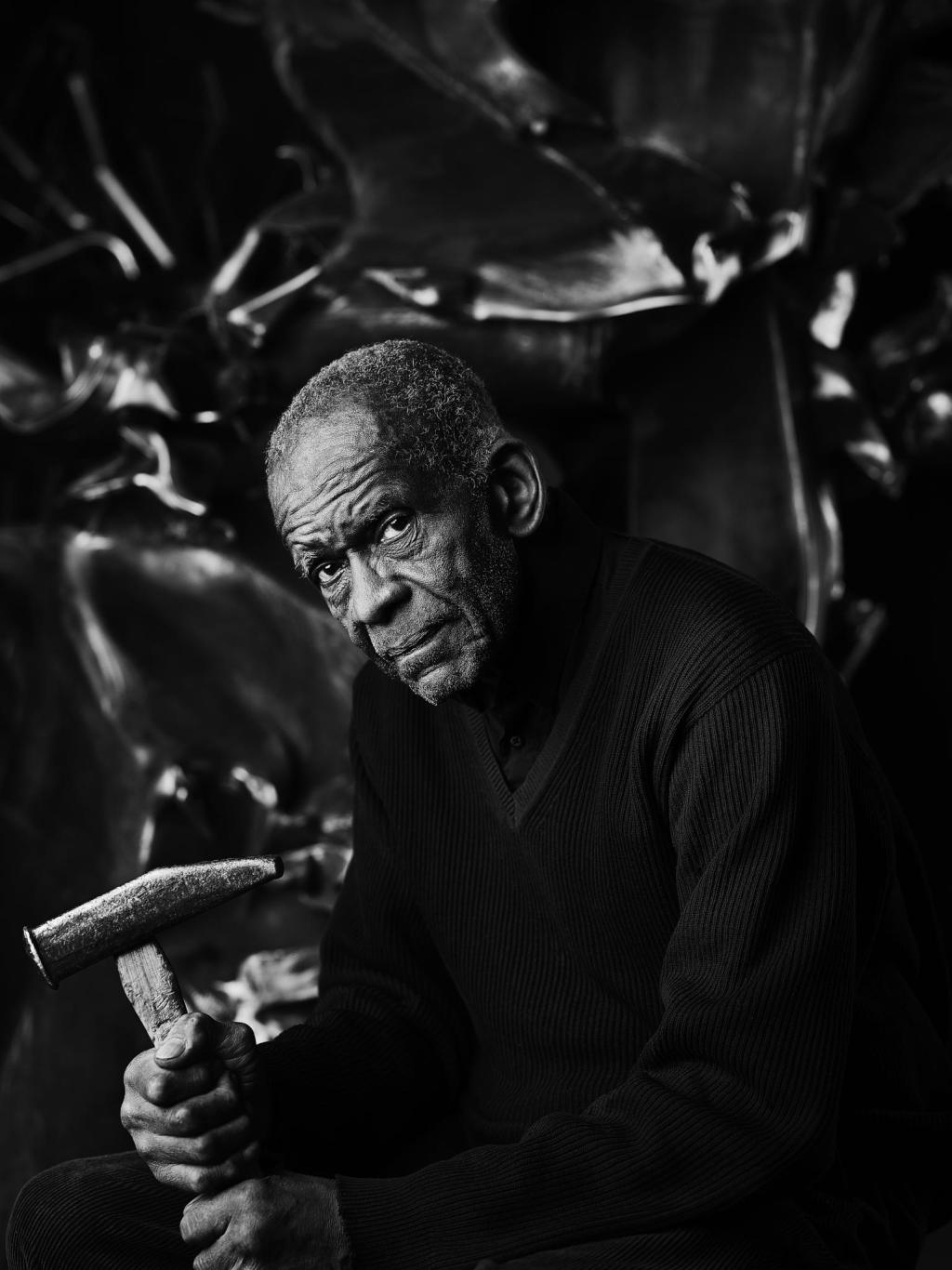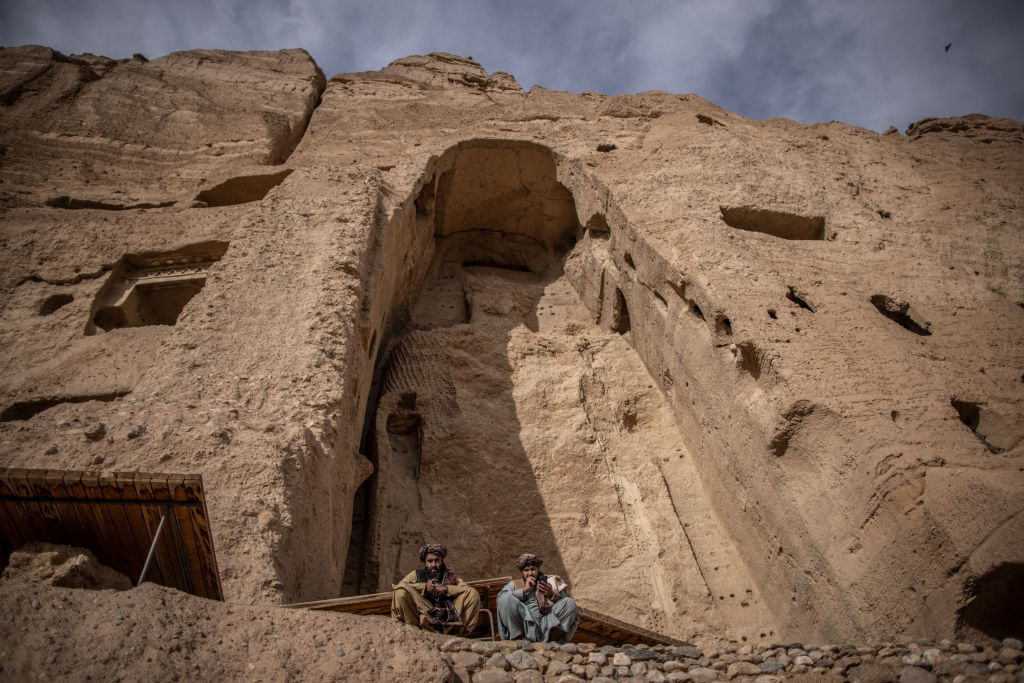As Mid-size Galleries Close and Blue-Chips Open, Tribeca Reaches Its Final State As An Art Destination
Over the last several months, a steady stream of Chelsea galleries have hitched up their wagons and migrated south for Tribeca, either to expand their presence in the neighborhood or, in some cases, uprooting altogether for downtown. It’s just the latest wave in a shift that has been going on for close to a decade.
Earlier this week, Tim Blum, of the recently dissolved Los Angeles-based gallery Blum & Poe, announced he was setting up shop on White Street in the space currently inhabited by Ozutar Projects, which is moving next door to a space three times as large. Anat Ebgi, a Los Angeles dealer with three brick-and-mortar spaces out west is moving to a stretch of Broadway, between Walker and White Streets, that also holds Andrew Kreps’s gallery, Nino Mier, Arnie Glimcher’s Pace-adjacent project space 125 Newbury, and P.P.O.W. And, next month, legacy dealer Marian Goodman will move to the same block after almost 50 years in midtown Manhattan, as will Alexander Grey Associates.
Realtor and art collector Johnathan Travis, who has long been at the center of the push to rebrand Tribeca as New York’s most appealing arts district, thinks people misunderstand why galleries have relocated downtown. “So many people were under the wrong impression, that galleries were driven out of Chelsea based on rents,” Travis told ARTnews. But with the price-per-square foot running roughly similar in Tribeca and Chelsea—between $100 and $120—the move, he said, is more about “feeling than balance sheets.”
The first gallery to relocate to Tribeca was Postmasters, which moved to a 6,500 square-foot ground floor space in 2013, after over a decade in Chelsea. The gallery, founded in 1984 and known for championing challenging contemporary art, was emblematic of the pioneering spirit of the early Tribeca dealers. In the late 1970s and 1980s, Tribeca had been the epicenter of New York chic, known for its jazz bars, nightclubs, and working-class taverns. It was around that time that celebrities like performance artist Laurie Anderson, painter James Rosenquist, film director Martin Scorsese, and actress Meryl Streep moved in, while Andy Warhol held court with Jean-Michel Basquiat at The Odeon. In that sense, art dealers in the mid-2010s felt that they were coming home. New dealers have said they feel similarly, with the added benefit that the neighborhood, now with close to 70 galleries, has proved viable as an art destination.
“Already the energy and activity of being downtown and Tribeca has been a positive force for our space,” Alana Ricca, managing director of the American art-focused Schoelkopf Gallery, told ARTNews. “It’s a kind of energy that we haven’t seen uptown for many years.”
For Schoelkopf, which moved to Tribeca earlier this month, the local history is as much a draw as its cast-iron buildings and vast art community. “Not only does it really suit our program, but we are beginning to really draw inspiration from the years of Tribeca being a very historic arts neighborhood, and celebrating the neighborhood really coming back to its roots,” Ricca said.
Another draw, according to Travis, is Tribeca’s old-school New York charm. Whereas Chelsea has seen major development in recent years, replacing long-standing warehouses with glass-and-steel towers, Tribeca streets are lined with cast iron, low rise buildings painted art deco colors with wrought iron facades. Many of Travis’s clients, he said, come from dealers whose Chelsea-based landlords declined to renew their lease so that they could re-develop the building.
As always in real estate, location is everything. Tribeca is served by multiple trains and tight streets that mean one can visit dozens of galleries in an hour or two. Meanwhile, Chelsea is arguably served only by the subway at 23rd St and the walk from one block of galleries to another can severely limit gallery-hopping.
When Bortolami moved to Tribeca in 2017, it was part of the second wave heading downtown. The gallery moved because the building that housed their Chelsea location was being sold. However, according to Evan Reiser, a director at Bortolami, the benefits quickly became clear. “I think what attracted the gallery here was the great architectural space,” Reiser told ARTnews. “When the gallery first moved, having storage beneath the ground level was a big advantage.”
One major— less sexy—reason many galleries moved, according to Travis: insurance. After Superstorm Sandy left major parts of New York City devastated in 2012, insurers all but stopped providing coverage to lower-level storage areas in galleries in flood zones, as ARTnews reported at the time. Chelsea is notably in the flood zone—some galleries reported flooding to the ceiling at the time—whereas the parts of Tribeca where galleries have settled are not.
Bortolami has deepened its commitment to Tribeca over the years, expanding its current space, taking over a residential apartment above the gallery in 2020, and then a third floor last year. Broadway Gallery, too, has expanded their space on the coveted stretch of Broadway between Walker and Franklin, twice since moving to Tribeca in September of 2020. “The original move downtown did feel a bit risky,” co-owner Joe Cole told ARTNews. “But it obviously worked out really well. Because, you know, we got to see all these other galleries open up here and the community we’ve built.”
But, while Tribeca continues to grow, numerous smaller galleries in the area have closed this year. In August, JTT closed after 11 years; in September, Queer Thoughts closed after 8 years; and earlier this month, Denny Gallery closed its doors after TK years. Chinatown gallery Foxy Production also closed in September after 20 years in business.
Art advisor and founder of industry newsletter the Baer Faxt, Josh Bae argued on his podcast Thursday that the gallery closures are reflective of what happens whenever there is a tightening in the art market. “The big guys always win, the middle guys get squeezed out and the little guys are temporary,” he said of the industry’s Darwinian nature.
Reiser, of Bortolami, suggested that the sheer density of galleries in Tribeca has meant there is, at times, too much for collectors to see. “Now, it’s quite possible that when collectors come to Tribeca, they might miss us,” he said.
Dealer Rob Dimin, who opened his eponymous gallery this year after parting ways with the co-owner of Denny Dimin gallery Elizabeth Denny, told ARTnews that neighborhood movements, in the end, are cyclical. “I feel that there’s a ten-year cycle,” he said. “And that there is a probability that in ten years from this date, we will see a migration back to Chelsea. But only because the medium-sized galleries are going to want more space, and the storefronts are going to become way too expensive. It’s going to be this kind of battle. This back and forth chasing better rents based on space.”
Of course, in the battle between Chelsea and Tribeca, there is a third option: avoid the crowds altogether. Candice Madey, who has had a gallery on the Bowery for over a decade, said she has no interest in moving, whether to Tribeca or anywhere else.
“Neighborhoods come and go and I’ve just really made a conscious decision to not worry about real estate,” she told ARTnews. “It can take up so much energy: like thinking about it and talking about it, energy that I can put into my program.”
Madey will open a second space on the Lower East Side, One Freeman Alley, next month with a solo show of works by New York–based artist Gail Thacker.
“I like that we are slightly removed, on the periphery. It’s so important to keep your independence, to keep your voice,” she said. “When you walk around Chelsea, or that slice of Tribeca you feel like you’re not in a neighborhood, you’re in the art world. And, besides, New Yorkers know that it’s a short walk from the Bowery to Tribeca.”



